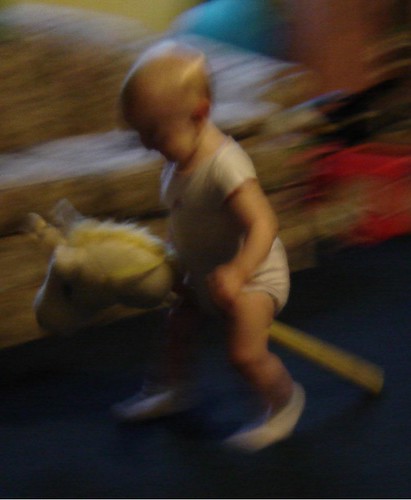
My sister Kathy sent me this link today. It is very interesting. I have felt that we need to look much more closely at our children’s play or the lack there of. I have a degree in Early Childhood Education and am always fascinated by how children interact with each other and with their environment. If you read nothing else on my blog, please do read this article. They make a strong point about the toys introduced on TV but I also feel that the introduction of the Mickey Mouse Show started a major change in our children's play behavior because their imaginative time was replaced by structured programming, limiting the children's imaginative play abilities.
Read the article and tell me what you think.
Old-Fashioned Play Builds Serious Skills
by Alix Spiegel
Morning Edition, February 21, 2008 · On October 3, 1955, the Mickey Mouse Club debuted on television. As we all now know, the show quickly became a cultural icon, one of those phenomena that helped define an era.
What is less remembered but equally, if not more, important, is that another transformative cultural event happened that day: The Mattel toy company began advertising a gun called the "Thunder Burp."
I know — who's ever heard of the Thunder Burp?
Well, no one.
The reason the advertisement is significant is because it marked the first time that any toy company had attempted to peddle merchandise on television outside of the Christmas season. Until 1955, ad budgets at toy companies were minuscule, so the only time they could afford to hawk their wares on TV was during Christmas. But then came Mattel and the Thunder Burp, which, according to Howard Chudacoff, a cultural historian at Brown University, was a kind of historical watershed. Almost overnight, children's play became focused, as never before, on things — the toys themselves.
"It's interesting to me that when we talk about play today, the first thing that comes to mind are toys," says Chudacoff. "Whereas when I would think of play in the 19th century, I would think of activity rather than an object."
Chudacoff's recently published history of child's play argues that for most of human history what children did when they played was roam in packs large or small, more or less unsupervised, and engage in freewheeling imaginative play. They were pirates and princesses, aristocrats and action heroes. Basically, says Chudacoff, they spent most of their time doing what looked like nothing much at all.
"They improvised play, whether it was in the outdoors… or whether it was on a street corner or somebody's back yard," Chudacoff says. "They improvised their own play; they regulated their play; they made up their own rules."
But during the second half of the 20th century, Chudacoff argues, play changed radically. Instead of spending their time in autonomous shifting make-believe, children were supplied with ever more specific toys for play and predetermined scripts. Essentially, instead of playing pirate with a tree branch they played Star Wars with a toy light saber. Chudacoff calls this the commercialization and co-optation of child's play — a trend which begins to shrink the size of children's imaginative space.
But commercialization isn't the only reason imagination comes under siege. In the second half of the 20th century, Chudacoff says, parents became increasingly concerned about safety, and were driven to create play environments that were secure and could not be penetrated by threats of the outside world. Karate classes, gymnastics, summer camps — these create safe environments for children, Chudacoff says. And they also do something more: for middle-class parents increasingly worried about achievement, they offer to enrich a child's mind.
Change in Play, Change in Kids
Clearly the way that children spend their time has changed. Here's the issue: A growing number of psychologists believe that these changes in what children do has also changed kids' cognitive and emotional development.
It turns out that all that time spent playing make-believe actually helped children develop a critical cognitive skill called executive function. Executive function has a number of different elements, but a central one is the ability to self-regulate. Kids with good self-regulation are able to control their emotions and behavior, resist impulses, and exert self-control and discipline.
We know that children's capacity for self-regulation has diminished. A recent study replicated a study of self-regulation first done in the late 1940s, in which psychological researchers asked kids ages 3, 5 and 7 to do a number of exercises. One of those exercises included standing perfectly still without moving. The 3-year-olds couldn't stand still at all, the 5-year-olds could do it for about three minutes, and the 7-year-olds could stand pretty much as long as the researchers asked. In 2001, researchers repeated this experiment. But, psychologist Elena Bodrova at the National Institute for Early Education Research says, the results were very different.
"Today's 5-year-olds were acting at the level of 3-year-olds 60 years ago, and today's 7-year-olds were barely approaching the level of a 5-year-old 60 years ago," Bodrova explains. "So the results were very sad."
Sad because self-regulation is incredibly important. Poor executive function is associated with high dropout rates, drug use and crime. In fact, good executive function is a better predictor of success in school than a child's IQ. Children who are able to manage their feelings and pay attention are better able to learn. As executive function researcher Laura Berk explains, "Self-regulation predicts effective development in virtually every domain."
The Importance of Self-Regulation
According to Berk, one reason make-believe is such a powerful tool for building self-discipline is because during make-believe, children engage in what's called private speech: They talk to themselves about what they are going to do and how they are going to do it.
"In fact, if we compare preschoolers' activities and the amount of private speech that occurs across them, we find that this self-regulating language is highest during make-believe play," Berk says. "And this type of self-regulating language… has been shown in many studies to be predictive of executive functions."
And it's not just children who use private speech to control themselves. If we look at adult use of private speech, Berk says, "we're often using it to surmount obstacles, to master cognitive and social skills, and to manage our emotions."
Unfortunately, the more structured the play, the more children's private speech declines. Essentially, because children's play is so focused on lessons and leagues, and because kids' toys increasingly inhibit imaginative play, kids aren't getting a chance to practice policing themselves. When they have that opportunity, says Berk, the results are clear: Self-regulation improves.
"One index that researchers, including myself, have used… is the extent to which a child, for example, cleans up independently after a free-choice period in preschool," Berk says. "We find that children who are most effective at complex make-believe play take on that responsibility with… greater willingness, and even will assist others in doing so without teacher prompting."
Despite the evidence of the benefits of imaginative play, however, even in the context of preschool young children's play is in decline. According to Yale psychological researcher Dorothy Singer, teachers and school administrators just don't see the value.
"Because of the testing, and the emphasis now that you have to really pass these tests, teachers are starting earlier and earlier to drill the kids in their basic fundamentals. Play is viewed as unnecessary, a waste of time," Singer says. "I have so many articles that have documented the shortening of free play for children, where the teachers in these schools are using the time for cognitive skills."
It seems that in the rush to give children every advantage — to protect them, to stimulate them, to enrich them — our culture has unwittingly compromised one of the activities that helped children most. All that wasted time was not such a waste after all.







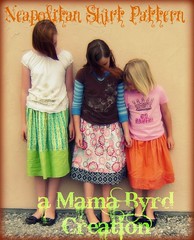
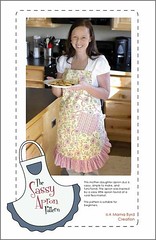
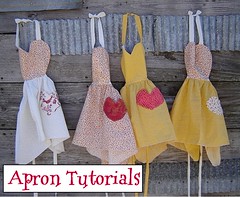

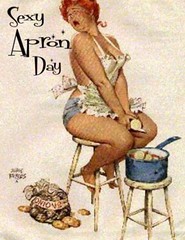




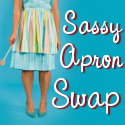
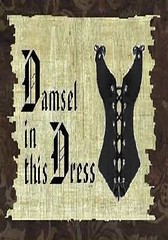


5 comments:
Way to go Lucy - I wish this would get to everyone everywhere - especially those in the elementary education field... it seems they are cutting out any chances our children have of imaginative play, or unstructured recess even. Some schools around here only have recess once a week! Luckily my daughter's school has 30 min each day, totally unstructured playground time. I really wish things would change, and the powers that be would realize we're really stifling our childrens potential by pushing them so hard!
I am so grateful to live in teh country where my children raom free outside and have a clubhouse with a stage and woods and fields and a stream to wade in.
And no broadcast TV!
Great article Lucy, perfect for Sunday reading!
I totally agree. Very interesting. It makes me glad again that I don't have TV at home, and more determined to make them go outside to play.
This is such an amazing article. I am reading the Power of Play right now. I just checked it out and started it. Society just makes it so normal for us to put this pressure on our children we sometime forget to step back and see how much it really effects them.
It is so easy to loose sight of the importance of free play and imagination. If I think back to my fondest childhood memories they are always of my cousins or siblings and I playing in the canyons around our house pretending and not the toys. Thanks for posting this. I would love to put a link to it on my blog if that is ok?
planned on skimming this post to check it out and ended up reading every word. www.soulemama.typepad.com/ came to mind the whole time and the way her kids dress up and play. I want that for my little girl. We haven't bought a lot of toys for her and i love for her to play with empty boxes and kitchen stuff instead of toys. Those were the things we played with growing up and dress up and really want the same for her. Thanks for sharing this!
Post a Comment